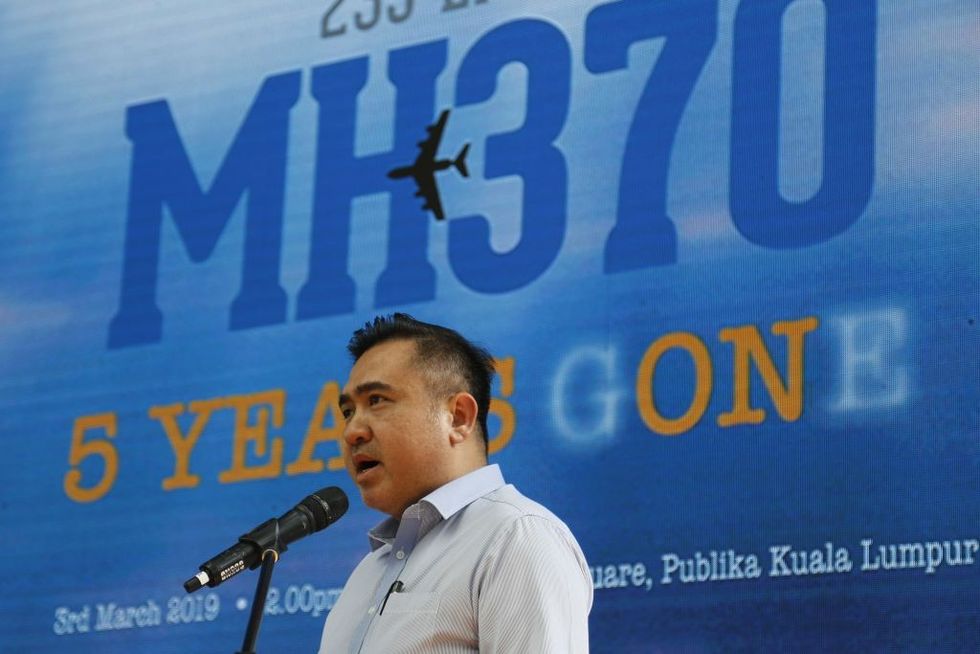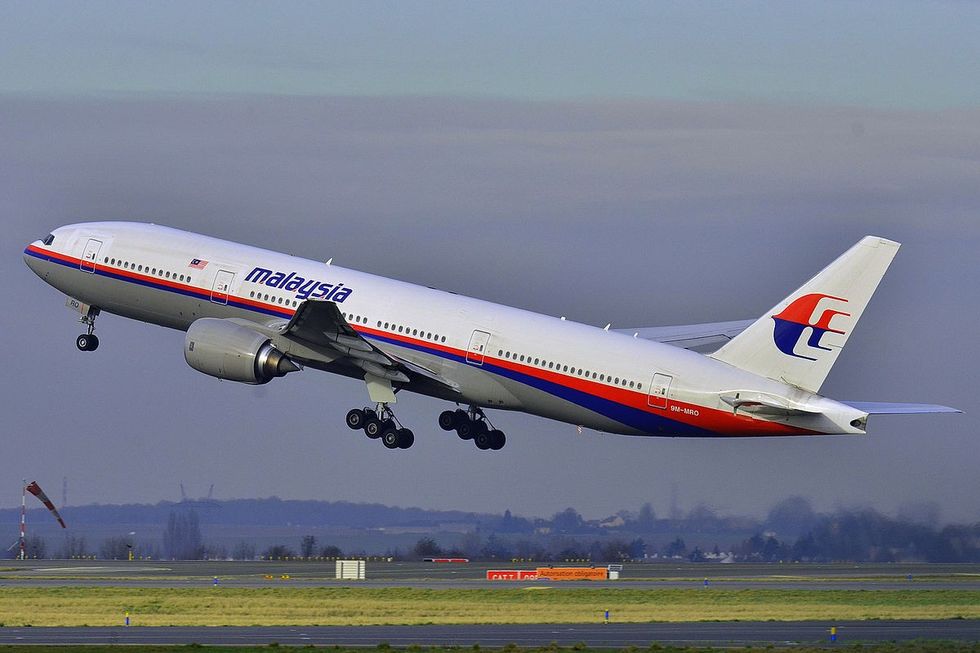George Bunn
Guest Reporter
The search for missing Malaysia Airlines flight MH370 has been suspended after just three days, Malaysian officials have confirmed.
The hunt for the aircraft, which disappeared over a decade ago, has been halted due to "seasonal weather changes" in the southern Indian Ocean.
Transport Minister Anthony Loke said operations would resume at the end of this year.
"They have stopped the operation for the time being, they will resume the search at the end of this year," Loke said in a voice recording.

The search was put on hold "due to seasonal weather changes and unavoidable prior commercial commitments", according to a statement posted on the "MH370 Families" Facebook group.
"Right now, it's not the season," Loke added during an event at Kuala Lumpur International Airport on Wednesday.
Flight MH370, a Boeing 777 carrying 239 people, disappeared from radar screens on March 8, 2014, whilst en route from Kuala Lumpur to Beijing.
Despite being the subject of the largest search in aviation history, the plane has never been found.
The aircraft's last contact with air traffic control was at around 1.19am, with Captain Zaharie Ahmad Shah saying: "Good night, Malaysian three seven zero."
LATEST IN THE SEARCH FOR MH370

Maritime exploration firm Ocean Infinity had begun the new search last month under a "no find, no fee" arrangement with the Malaysian government. The British-American company would receive $70m (£54m) only if the wreckage was discovered.
The search was focused on a 15,000 square kilometre area in the southern Indian Ocean, off the coast of Perth, Australia.
An initial Australia-led search covered 120,000 square kilometres in the Indian Ocean over three years, but found hardly any trace of the plane.
Ocean Infinity had previously led an unsuccessful hunt in 2018, before agreeing to launch this new search.
The company went ahead with the deep water searches despite having no finalised deal with the Malaysian government.

Marine tracking websites showed Ocean Infinity's deep-water support vessel Armada 7806 had arrived at the search zone in February.
Autonomous underwater vehicles (AUVs) were deployed from the ship to scan the ocean floor.
The AUVs, operated via satellite link from Ocean Infinity's control centre in Southampton, can descend to depths of 6km and spend four days submerged.
"Whether or not it will be found will be subject to the search, nobody can anticipate," Loke said, referring to the wreckage of the plane.
Find Out More...
The hunt for the aircraft, which disappeared over a decade ago, has been halted due to "seasonal weather changes" in the southern Indian Ocean.
Transport Minister Anthony Loke said operations would resume at the end of this year.
"They have stopped the operation for the time being, they will resume the search at the end of this year," Loke said in a voice recording.

The search was put on hold "due to seasonal weather changes and unavoidable prior commercial commitments", according to a statement posted on the "MH370 Families" Facebook group.
"Right now, it's not the season," Loke added during an event at Kuala Lumpur International Airport on Wednesday.
Flight MH370, a Boeing 777 carrying 239 people, disappeared from radar screens on March 8, 2014, whilst en route from Kuala Lumpur to Beijing.
Despite being the subject of the largest search in aviation history, the plane has never been found.
The aircraft's last contact with air traffic control was at around 1.19am, with Captain Zaharie Ahmad Shah saying: "Good night, Malaysian three seven zero."
LATEST IN THE SEARCH FOR MH370
- MH370 expert offers bombshell new theory that British-led search is looking in the WRONG location: 'This hunt will also turn up with nothing found'
- MH370 family admits greatest fear that casts huge shadow over new search for missing Malaysian Airlines plane
- MH370 expert shares reason why plane went 'dark' in final moments as he claims eyewitnesses saw aircraft on fire

Maritime exploration firm Ocean Infinity had begun the new search last month under a "no find, no fee" arrangement with the Malaysian government. The British-American company would receive $70m (£54m) only if the wreckage was discovered.
The search was focused on a 15,000 square kilometre area in the southern Indian Ocean, off the coast of Perth, Australia.
An initial Australia-led search covered 120,000 square kilometres in the Indian Ocean over three years, but found hardly any trace of the plane.
Ocean Infinity had previously led an unsuccessful hunt in 2018, before agreeing to launch this new search.
The company went ahead with the deep water searches despite having no finalised deal with the Malaysian government.

Marine tracking websites showed Ocean Infinity's deep-water support vessel Armada 7806 had arrived at the search zone in February.
Autonomous underwater vehicles (AUVs) were deployed from the ship to scan the ocean floor.
The AUVs, operated via satellite link from Ocean Infinity's control centre in Southampton, can descend to depths of 6km and spend four days submerged.
"Whether or not it will be found will be subject to the search, nobody can anticipate," Loke said, referring to the wreckage of the plane.
Find Out More...
